Coton de Tulear
Coton de Tulear Dog Food
| Male | Female |
|---|---|
| Height | Height |
| - cm | - cm |
| Weight | Weight |
| 4 - 6 kg | 3 - 5 kg |
| Life Stage | |
|---|---|
| Adult | |
| 10 months to 8 years | |
| Mature | Senior |
| 8 to 12 years | From 12 years |
| Baby | |
| Birth to 2 months | |
| Male | Female |
|---|---|
| Height | Height |
| - cm | - cm |
| Weight | Weight |
| 4 - 6 kg | 3 - 5 kg |
| Life Stage | |
|---|---|
| Adult | |
| 10 months to 8 years | |
| Mature | Senior |
| 8 to 12 years | From 12 years |
| Baby | |
| Birth to 2 months | |
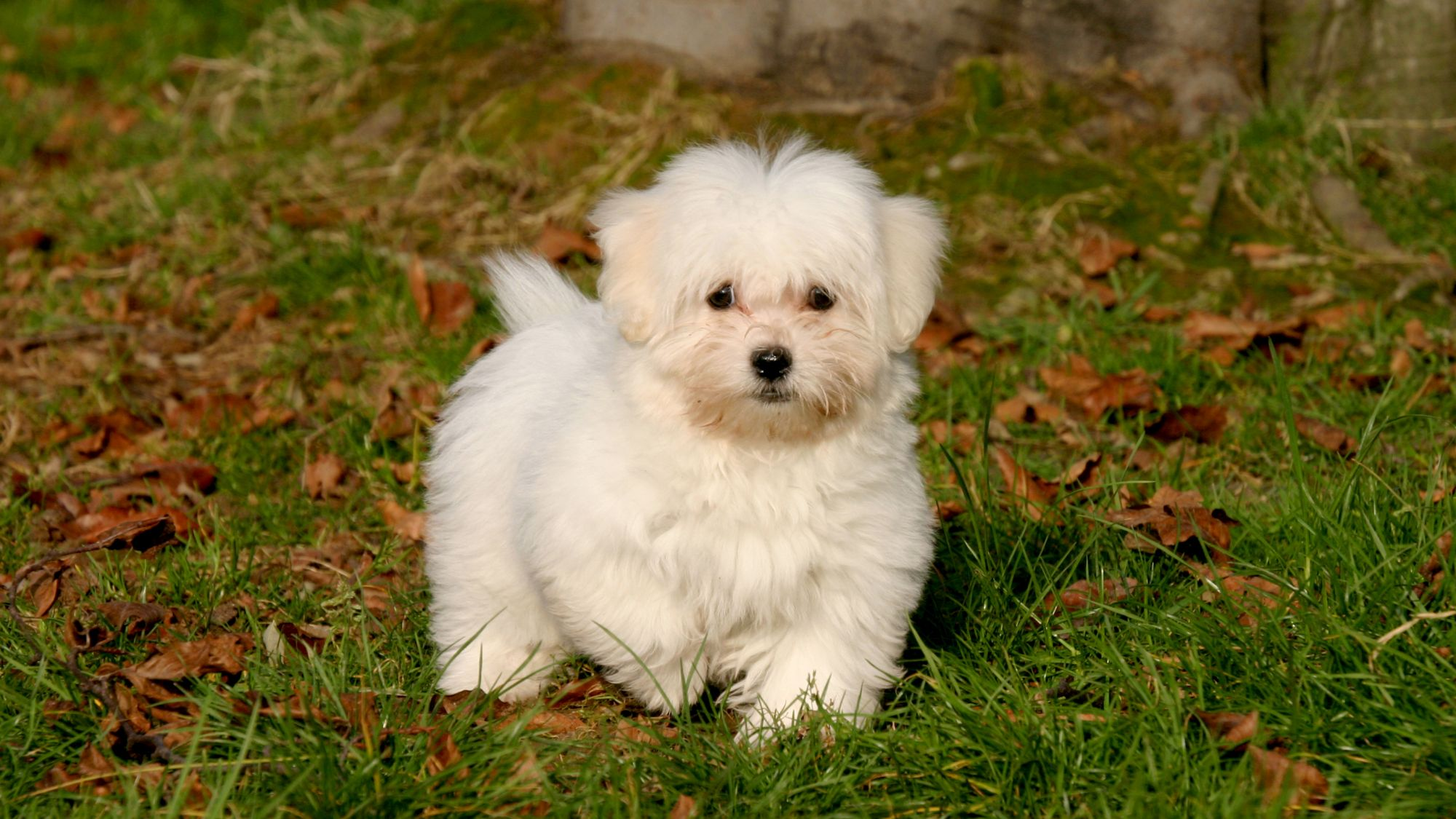
Get to know the Coton de Tulear
All you need to know about the breed
A native of Madagascar and member of the Bichon family, the Coton de Tulear is a small, happy-go-lucky breed with a gift for getting along with just about everyone, everywhere. The Coton de Tulear takes their ultra-chic name from the seaside city of Tuléar, located on their native island, and the French “coton”, meaning cotton - a reference to the texture of their abundant coat of soft, white hair.
But while their cloud-like coat is the Coton de Tulear’s most recognisable trait, it is perhaps their innate talent for entertaining that makes them such popular companions. For a Coton de Tulear, the world's a stage, and the show features a range of performances including one-of-a-kind vocalisations and jumping about on their hind legs. No need to hold your applause until the end of the act – your devoted attention is the point!
Given their desire for all eyes on them and strong social drive, it’s no surprise that a Coton de Tulear doesn’t fare well when left on their own. The Coton will happily engage in a number of pastimes including relaxing around the house, refreshing walks, and playtime with their favourite toys - as long as these take place in the company of their human family. If it’s a constant, devoted companion you’re looking for, the Coton de Tulear could be the ideal breed for you.
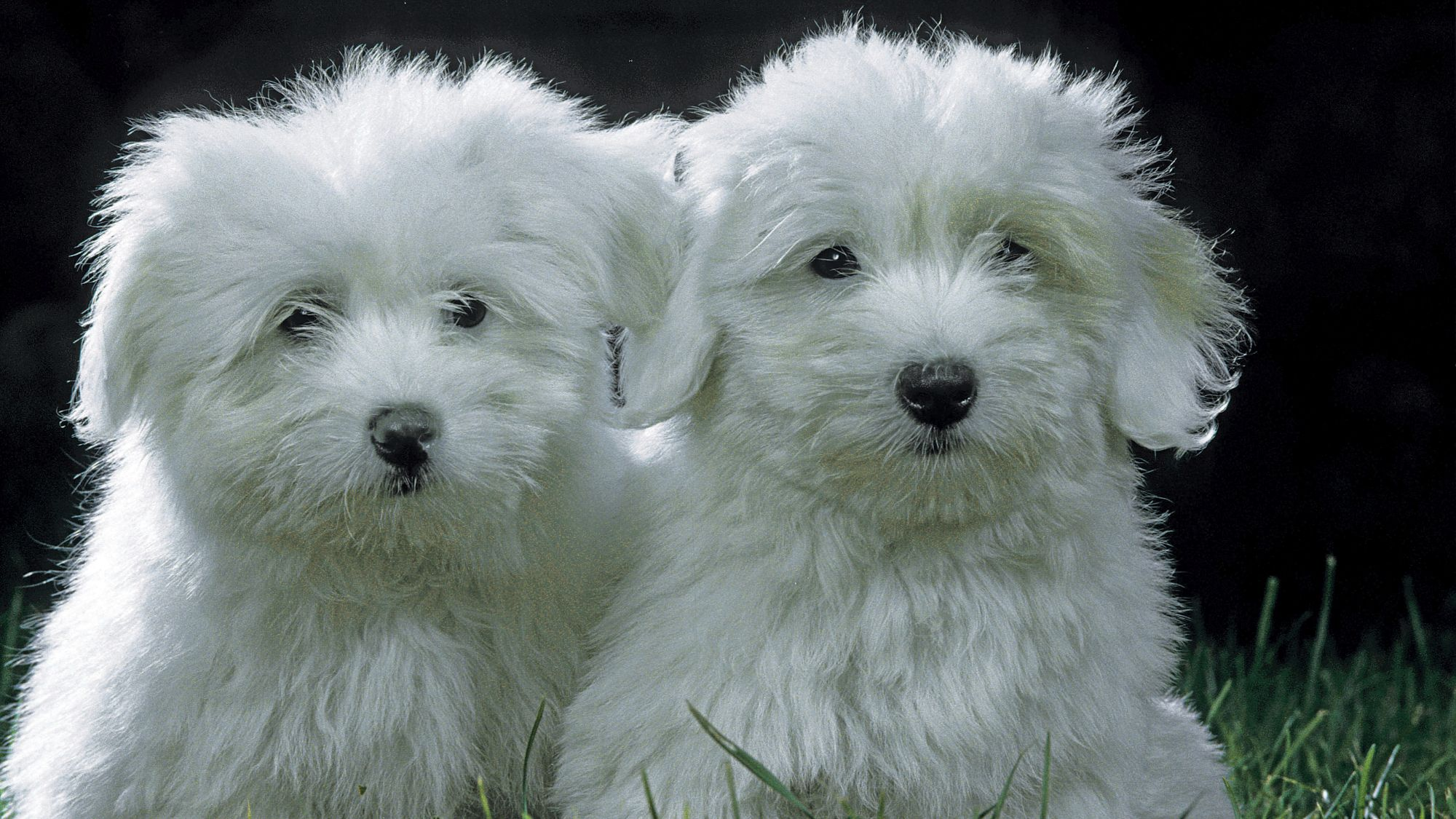
2 facts about Coton de Tulears
History of the breed
Though relatively new to the Western world, the Coton de Tulear, named after the seaport of Tuléar, has existed for centuries on the island of Madagascar, located off of the south-eastern coast of Africa.
The story of just how the Coton de Tulear came to be on the island could have come from the pages of Robinson Crusoe: It is said that centuries ago, a group of small white dogs survived a shipwreck, swam to shore and survived as a feral pack, mating with local dogs to ultimately create the Coton de Tulear. Whether true or not, the fact is that the Coton de Tulear became a favourite of Malgasy nobility and was soon known as the Royal Dog of Madagascar. In fact, so prized were Cotons de Tulear that Malagasy aristocrats passed laws that forbid commoners from owning them and rarely let the breed leave the island.
It wasn’t until the late 1960s that the Coton de Tulear caught the attention of French tourists who took them back to Europe to begin breeding efforts. They were introduced to the United States around the same time where the lovable, carefree breed enjoyed overwhelming success that continues to this very day.
From head to tail
Physical characteristics of Coton de Tulears
.
.
.
.
.
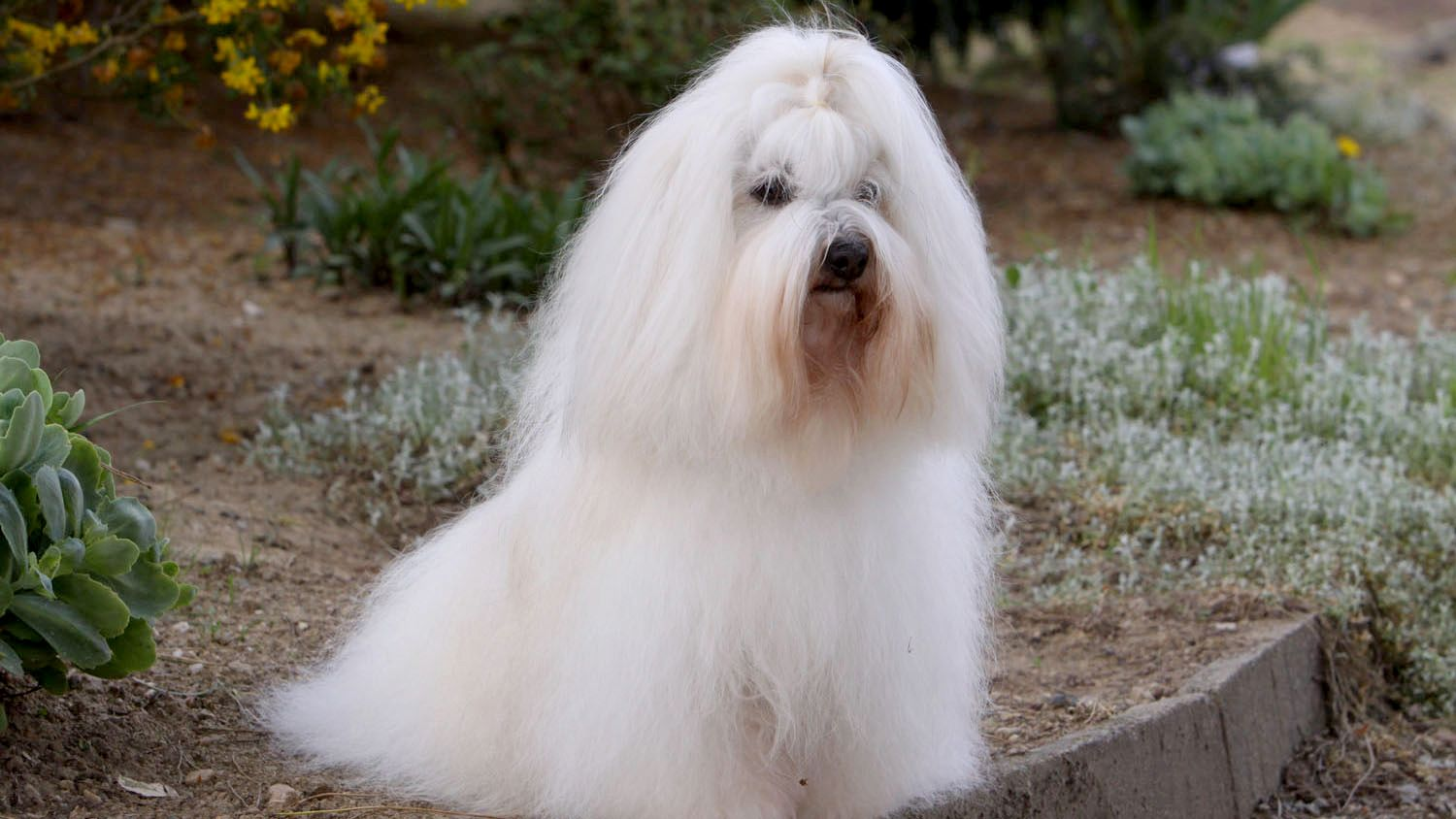
Things to look out for
From specific breed traits to a general health overview, here are some interesting facts about your Coton de Tulear
Healthy diet, healthier dog
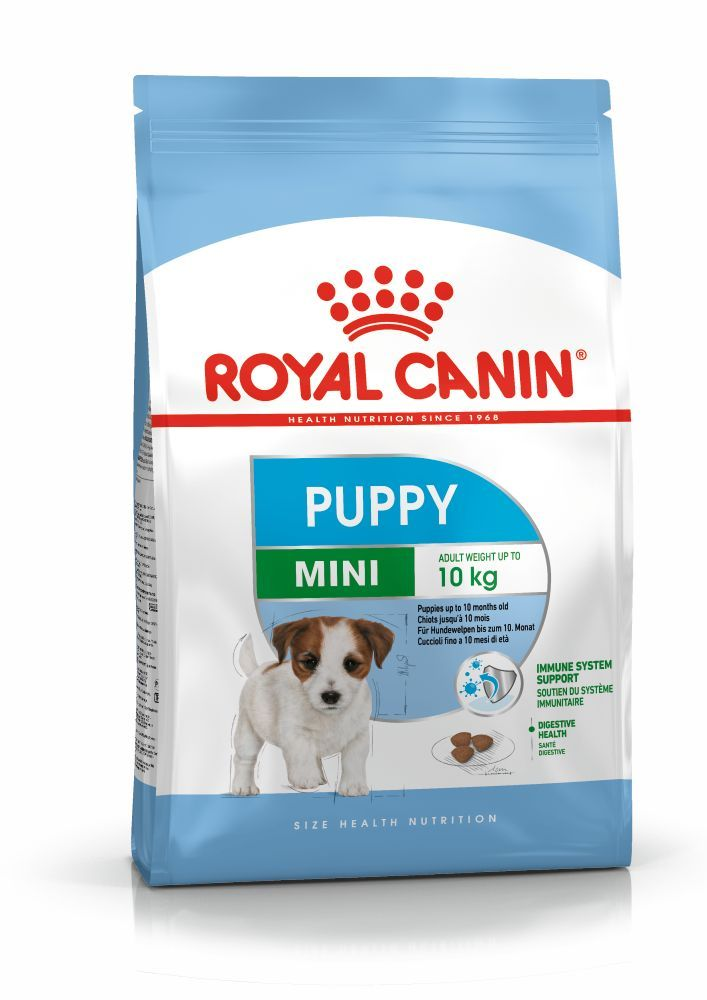
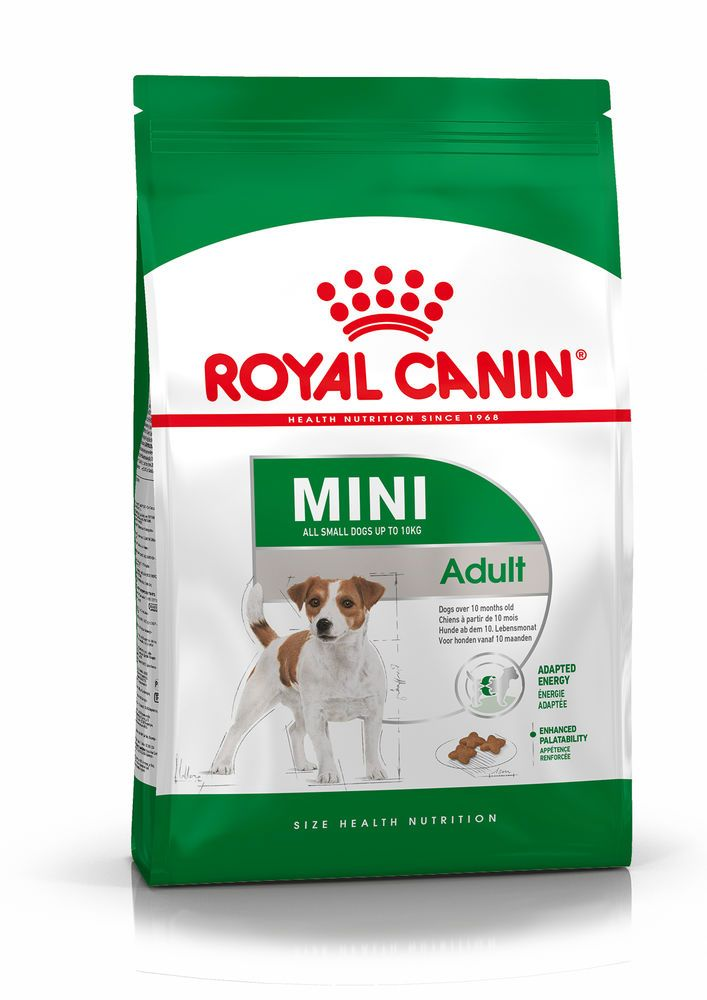
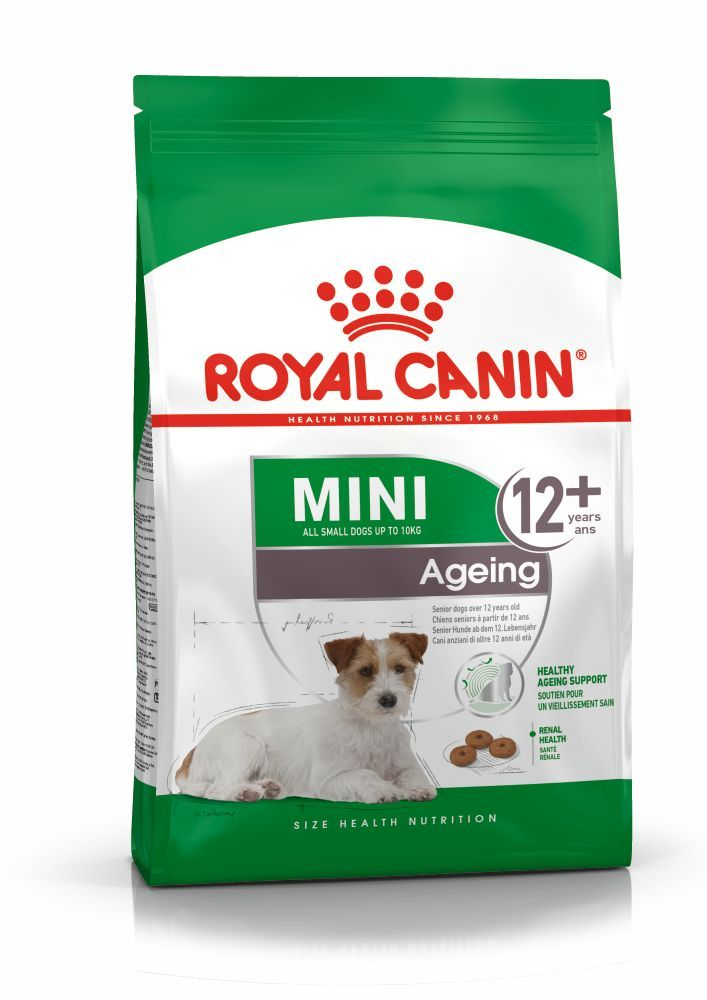
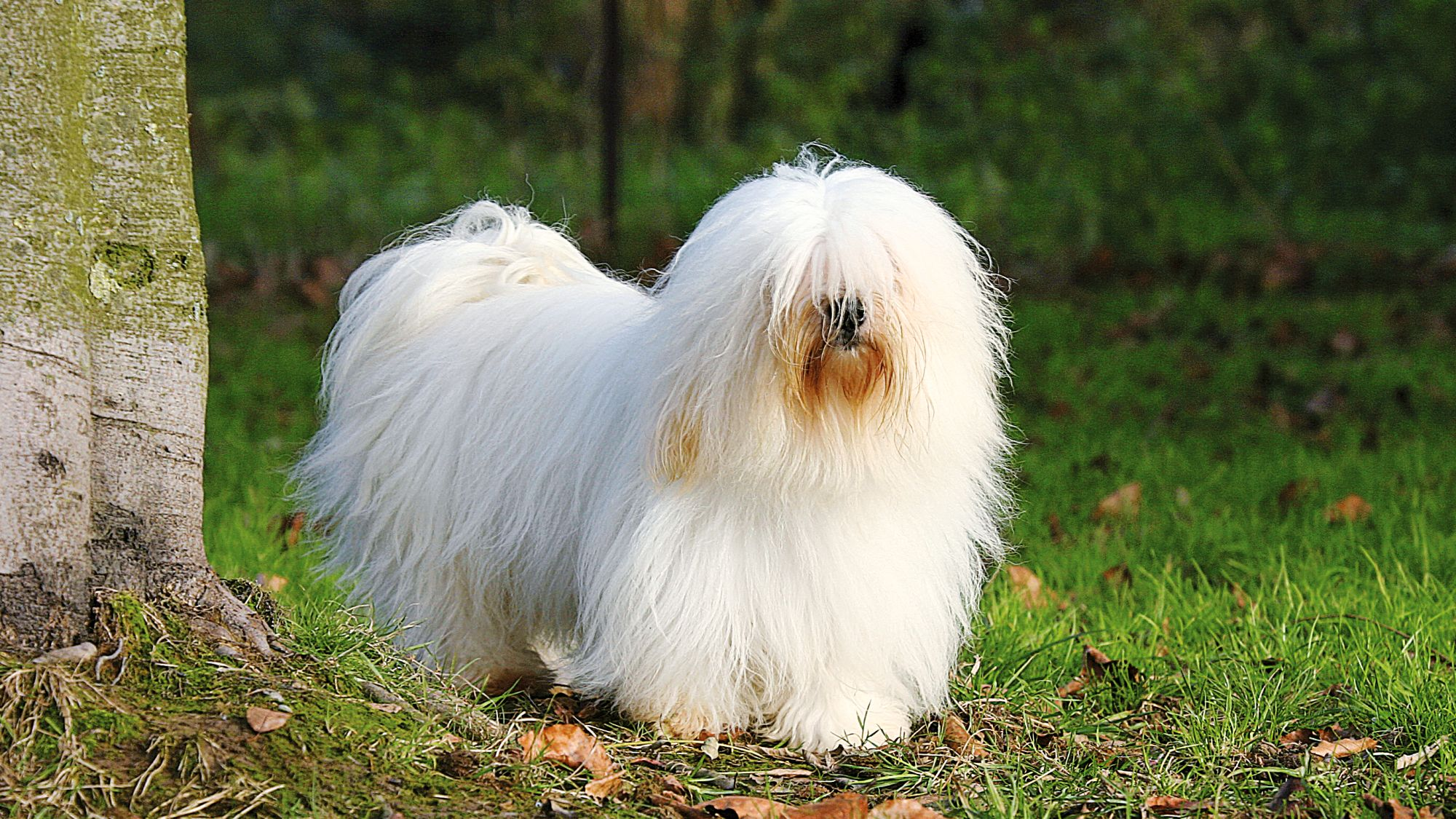
Caring for your Coton de Tulear
Grooming, training and exercise tips
7/7
All about Coton de Tulears
Suggested Breeds
Read more on this topic
Sources
- Veterinary Centers of America https://vcahospitals.com/;
- Royal Canin Dog Encyclopaedia. Ed 2010 and 2020
- Banfield Pet Hospital https://www.banfield.com/
- Royal Canin BHN Product Book
- American Kennel Club https://www.akc.org/
Like & share this page